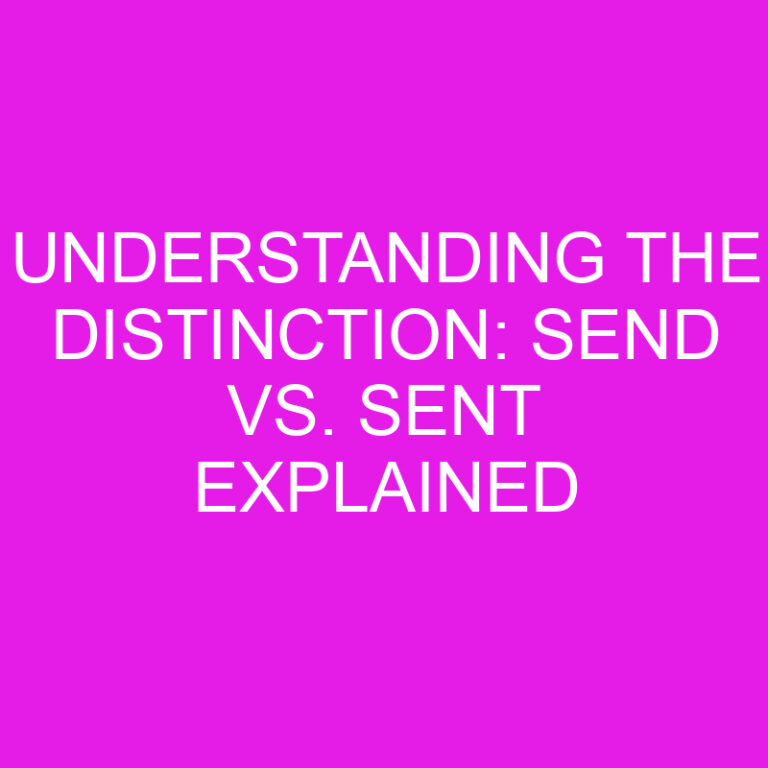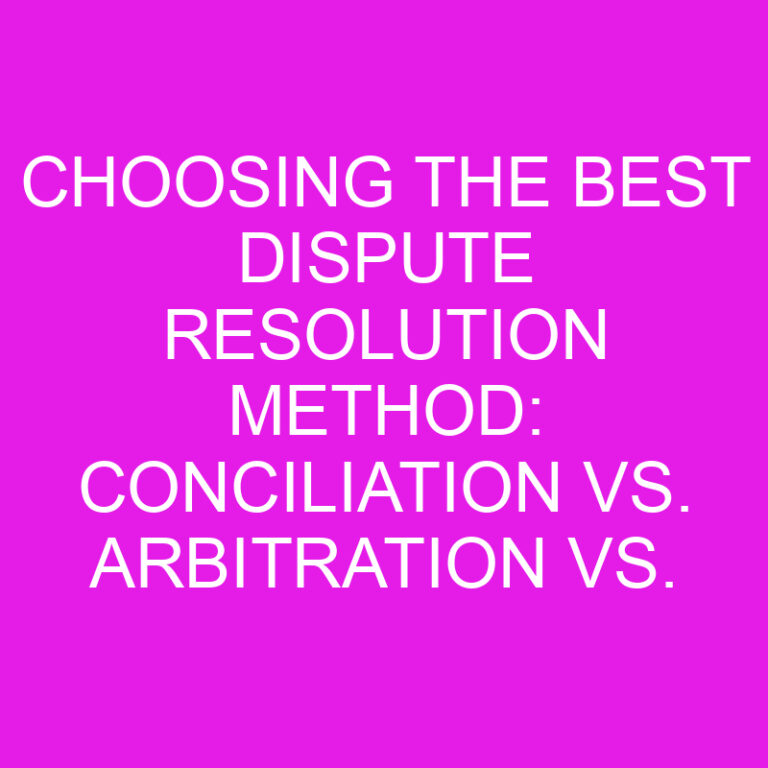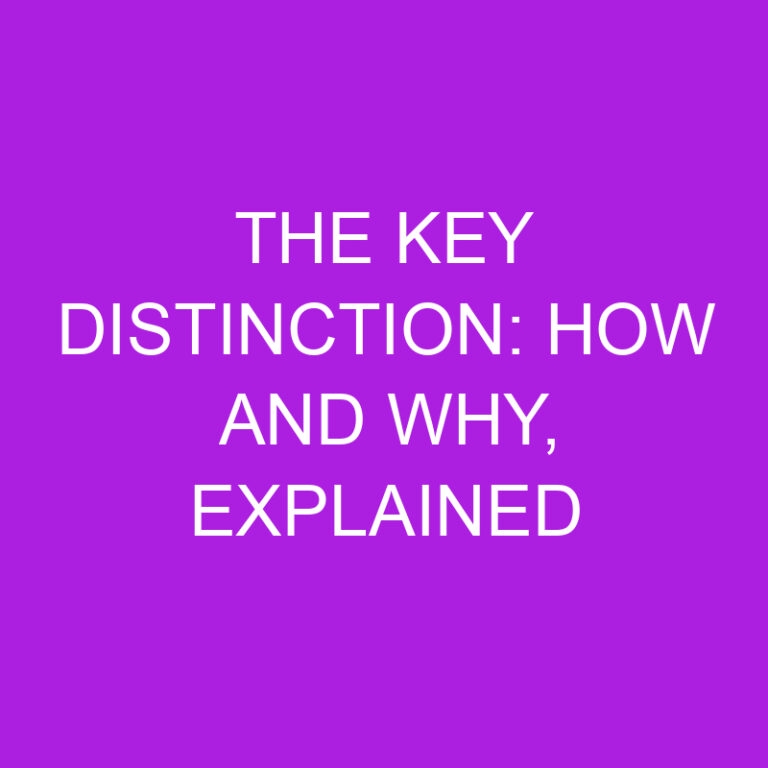
Hey there! Are you confused about the difference between “only” and “just”? Well, you’re not alone. These two words may seem similar, but they actually have distinct meanings and usage. In this article, I’ll break down the nuances of “only” and “just” to help you understand how they differ and when to use each one correctly. So, let’s dive in and clear up any confusion once and for all!
When it comes to “only,” it’s all about exclusivity. This word is used to indicate that something is the sole option or possibility. For example, if I say, “I have only one cookie left,” it means that I don’t have any more cookies besides that one. On the other hand, “just” is more about timing or fairness. It suggests that something is happening at the exact moment or is done with fairness and impartiality. For instance, if I say, “I just finished my work,” it means that I completed it recently or in a timely manner.
Post Contents
Key Takeaways
- “Only” and “just” have distinct meanings and usage.
- “Only” indicates exclusivity, while “just” suggests timing or fairness.
- “Only” is used to emphasize singularity or restrict the scope, while “just” can refer to recent events or actions done with fairness.
- Correct usage of “only” and “just” is essential for effective communication and avoiding ambiguity.
- “Only” emphasizes uniqueness, limits the scope, and can be used for emphasis, while “just” indicates equivalence, specific timing, proper manner, or exactness.
- The placement of “only” and “just” in a sentence greatly affects their meaning, so it’s important to use them appropriately.
Understanding the Difference Between “Only” and “Just”
When it comes to using the words “only” and “just,” it’s important to understand the subtle differences in their meanings and usage. While they can sometimes be used interchangeably, there are specific contexts where one word is more appropriate than the other. In this section, I’ll delve into the nuances of these words and provide examples to illustrate their correct usage.
“Only” is used to indicate exclusivity or singularity. It emphasizes that something is limited or restricted to a particular person, thing, or situation. For example:
- I am the only person in the office who knows the password.
- This is the only shop that sells organic produce in our town.
On the other hand, “just” often refers to timing or fairness. It implies that something happened recently or happened in a particular way due to fairness or equality. Take a look at these examples:
- She just arrived at the party.
- I received my pay raise, just like everyone else in the department.
While there may be instances where the two words can be used interchangeably, it’s essential to use them in the appropriate context to convey your intended meaning accurately.
Remember, using these words correctly will help you communicate effectively and avoid any confusion. So next time you use “only” or “just,” pay attention to the specific context and choose the word that best fits the intended meaning.
Now that we have a clear understanding of the differences between “only” and “just,” let’s explore some common misconceptions and how to avoid them.
Definition and Usage of “Only”
Understanding the definition and proper usage of the word “only” is essential for accurate communication. In its simplest form, “only” is an adverb that is used to indicate exclusivity or singularity. It is often employed to restrict or limit the meaning of a sentence.
When using “only,” it is crucial to ensure that it appears in the right place in a sentence to convey the intended meaning clearly. Placing “only” correctly can prevent misinterpretations and misconceptions.
Here are a few key points to keep in mind when using “only”:
- Exclusivity: “Only” is used to stress the uniqueness or singularity of something. For example, “I am the only person in my family who plays the piano.” This sentence conveys that no one else in the family plays the piano except for the writer.
- Restriction: “Only” is also used to limit the scope or range of something. For instance, “I can only eat a slice of cake.” This sentence indicates that the writer is capable of consuming just one slice of cake and not more.
- Emphasis: “Only” can be used to emphasize the significance or importance of a particular factor. For example, “She is the only reason I decided to pursue my dreams.” In this sentence, the writer emphasizes that the person mentioned is the sole reason behind their decision.
By understanding the definition and appropriate usage of “only,” we can avoid misunderstandings and effectively convey our intended message. Now that we have explored “only,” let’s move on to understanding the definition and usage of “just” in the following section.
Examples of Using “Only”
In this section, I’ll provide you with some examples that demonstrate the correct usage of the word “only” in different contexts. These examples will help you understand how to use “only” effectively and avoid any potential misinterpretations.
- Stressing uniqueness:
- “She is the only person I trust with this secret.”
- “The Eiffel Tower is the only one of its kind in the world.”
- Limiting scope:
- “I can only eat vegetarian food due to my dietary restrictions.”
- “We only have one hour to complete this task.”
- Emphasizing importance:
- “This is the only opportunity you’ll get to meet the renowned artist.”
- “I only have one chance to prove myself in this competition.”
- Avoiding ambiguity:
- “I only like chocolate ice cream.” (I don’t like any other flavors)
- “I like only chocolate ice cream.” (I don’t like any other types of desserts)
Remember, the placement of “only” in a sentence can greatly affect its meaning. Placing it correctly is essential to convey your intended message clearly. The examples above illustrate how “only” can be used to indicate exclusivity, limit the scope, emphasize importance, and avoid ambiguity. By mastering the usage of “only,” you can ensure that your communication is precise and effective. So, let’s move on to exploring the definition and usage of the word “just” in the next section of this article.
Definition and Usage of “Just”
Just like the word “only,” the word “just” is often used in various contexts to convey different meanings. In this section, I’ll discuss the definition and usage of “just” to help you understand its nuances and how to use it correctly in your writing.
Definition of “Just”
In its most basic sense, “just” is used as an adverb to describe something that is fair, reasonable, or justified. It can also mean “exactly” or “precisely.” Additionally, “just” can be used as a synonym for “only.”
- Equivalence: One common usage of “just” is to indicate equivalence or similarity. For example, you might say, “He is just like his father,” meaning that the person shares similar qualities or characteristics with their father.
- Time: “Just” can also refer to a specific point in time, indicating something that happened recently or a short time ago. For instance, you might say, “I just finished my homework,” to emphasize that you completed it very recently.
- Manner: When used to describe manner, “just” suggests doing something in a proper or appropriate way. For example, you might say, “Please speak justly to your employees,” meaning that you should treat them fairly and with respect.
- Exactness: Similarly to the usage of “only,” “just” can be used to convey precision or exactness. For instance, you might say, “The building is just 50 meters tall,” to emphasize the precise height.
It’s essential to remember that the placement of “just” in a sentence can significantly impact its meaning. Experiment with different placements to convey your intended message clearly.
Now that we’ve explored the definition and usage of “just,” let’s move on to the next section, where I’ll discuss common mistakes to avoid when using “just” in your writing.
Examples of Using “Just”
When it comes to using the word “just,” there are several ways it can be incorporated into a sentence. Here are a few examples to illustrate its usage:
- Equivalence: One way to use “just” is to indicate equality or equivalence. For instance, you might say, “She is just as talented as her sister.” Here, “just” emphasizes that the level of talent between the two sisters is the same.
- Specific point in time: “Just” can also be used to refer to a precise moment or point in time. For example, you could say, “I’ll be there in just a few minutes.” In this case, “just” emphasizes that the arrival will be within a very short timeframe.
- Manner: Another common use of “just” is to describe the manner in which an action is performed. Consider the sentence, “He just walked into the room without saying a word.” This usage suggests that the person entered the room quietly and without any unnecessary actions.
- Exactness: “Just” can also convey the idea of exactness or precision. For instance, you might say, “The recipe requires just two teaspoons of sugar.” In this context, “just” emphasizes that the quantity of sugar needed is precisely two teaspoons, without any additional amount.
These examples illustrate the various ways in which “just” can be used to enhance the clarity and precision of a sentence. By understanding its different applications, you can make sure to use the word effectively in your writing. However, it’s important to note that the placement of “just” within a sentence is crucial for conveying the intended meaning accurately. In the next section, we will explore some common mistakes to avoid when using “just” in your writing.
Conclusion
Understanding the difference between “only” and “just” is essential for effective communication. Throughout this article, I have provided examples of how to use the word “just” in various contexts, highlighting its ability to convey equivalence, specific points in time, manner, and exactness. These examples emphasize the importance of using “just” accurately in writing.
Placement of “just” within a sentence is crucial for conveying the intended meaning. By understanding its proper usage, you can ensure that your message is clear and concise. Avoiding common mistakes when using “just” will further enhance your writing skills.
Mastering the difference between “only” and “just” will enable you to express yourself more precisely and effectively. Incorporate the tips and examples provided in this article into your writing, and you’ll be well on your way to using “just” with confidence.
Frequently Asked Questions
Q: What is the main topic of the article?
A: The main topic of the article is the usage of the word “just” in various contexts and its importance in effective writing.
Q: How can “just” be used?
A: “Just” can be used to indicate equivalence, refer to a specific point in time, describe manner, and convey exactness.
Q: Can you provide any examples of how to use “just”?
A: Yes, the article provides examples of using “just” in different contexts to illustrate its various uses.
Q: Why is the placement of “just” important in a sentence?
A: The placement of “just” within a sentence is crucial for accurately conveying the intended meaning.
Q: What will the next section focus on?
A: The next section will discuss common mistakes to avoid when using “just” in writing.






